
Integrating Salesforce with Yardi: A Guide to Achieving Success in Real Estate Business
Last updated: March 18, 2025 Read in fullscreen view
- 09 Oct 2022
 Rapid Application Development Case Study - TIGO Consulting 24/572
Rapid Application Development Case Study - TIGO Consulting 24/572 - 01 May 2023
 Understanding Business as Usual (BAU) and How to Transition 24/845
Understanding Business as Usual (BAU) and How to Transition 24/845 - 05 Oct 2025
 The New Facebook Algorithm: A Paradigm Shift in Content Discovery 19/47
The New Facebook Algorithm: A Paradigm Shift in Content Discovery 19/47 - 03 Nov 2023
 Why Is Billable Viable Product An Alternative To Minimum Viable Product? 14/168
Why Is Billable Viable Product An Alternative To Minimum Viable Product? 14/168 - 12 Oct 2022
 14 Common Reasons Software Projects Fail (And How To Avoid Them) 10/505
14 Common Reasons Software Projects Fail (And How To Avoid Them) 10/505 - 18 Jul 2024
 The 8 Best ways to Innovate your SAAS Business Model in 2024 8/205
The 8 Best ways to Innovate your SAAS Business Model in 2024 8/205 - 30 Jul 2024
 The Future of IT Consulting: Trends and Opportunities 8/131
The Future of IT Consulting: Trends and Opportunities 8/131 - 27 Jul 2024
 Positive Psychology in the Digital Age: Future Directions and Technologies 6/337
Positive Psychology in the Digital Age: Future Directions and Technologies 6/337 - 13 Oct 2021
 Outsourcing Software Development: MVP, Proof of Concept (POC) and Prototyping. Which is better? 6/426
Outsourcing Software Development: MVP, Proof of Concept (POC) and Prototyping. Which is better? 6/426 - 28 Jul 2022
 POC, Prototypes, Pilots and MVP: What Are the Differences? 6/612
POC, Prototypes, Pilots and MVP: What Are the Differences? 6/612 - 05 Aug 2024
 Revisiting the Mistake That Halted Japan's Software Surge 6/323
Revisiting the Mistake That Halted Japan's Software Surge 6/323 - 14 Aug 2024
 From Steel to Software: The Reluctant Evolution of Japan's Tech Corporates 6/491
From Steel to Software: The Reluctant Evolution of Japan's Tech Corporates 6/491 - 07 Oct 2025
 Case Study: Using the “Messaging House” Framework to Build a Digital Transformation Roadmap 5/53
Case Study: Using the “Messaging House” Framework to Build a Digital Transformation Roadmap 5/53 - 31 Aug 2022
 What are the best practices for software contract negotiations? 5/215
What are the best practices for software contract negotiations? 5/215 - 05 Mar 2021
 How do you minimize risks when you outsource software development? 5/318
How do you minimize risks when you outsource software development? 5/318 - 11 Oct 2022
 Why choose Billable Viable Product (BVP) over Minimum Viable Product (MVP) 5/315
Why choose Billable Viable Product (BVP) over Minimum Viable Product (MVP) 5/315 - 12 Dec 2021
 Zero Sum Games Agile vs. Waterfall Project Management Methods 4/376
Zero Sum Games Agile vs. Waterfall Project Management Methods 4/376 - 04 Oct 2022
 Which ERP implementation strategy is right for your business? 4/278
Which ERP implementation strategy is right for your business? 4/278 - 01 Dec 2023
 Laws of Project Management 3/250
Laws of Project Management 3/250 - 18 Jul 2021
 How To Ramp Up An Offshore Software Development Team Quickly 3/518
How To Ramp Up An Offshore Software Development Team Quickly 3/518 - 27 Feb 2025
 How AI Agents are Changing Software Development? 3/170
How AI Agents are Changing Software Development? 3/170 - 03 May 2024
 The Iceberg of Ignorance 3/341
The Iceberg of Ignorance 3/341 - 05 Sep 2023
 The Cold Start Problem: How to Start and Scale Network Effects 3/167
The Cold Start Problem: How to Start and Scale Network Effects 3/167 - 09 Oct 2024
 Short-Form Video Advertising: The Secret to Captivating Your Audience 3/107
Short-Form Video Advertising: The Secret to Captivating Your Audience 3/107 - 01 May 2024
 Warren Buffett’s Golden Rule for Digital Transformation: Avoiding Tech Overload 2/188
Warren Buffett’s Golden Rule for Digital Transformation: Avoiding Tech Overload 2/188 - 10 Sep 2024
 Leading Remote Teams in Hybrid Work Environments 2/127
Leading Remote Teams in Hybrid Work Environments 2/127 - 22 Nov 2024
 The Role of AI in Enhancing Business Efficiency and Decision-Making 2/160
The Role of AI in Enhancing Business Efficiency and Decision-Making 2/160 - 02 Dec 2024
 The Intersection of AI and Business Analytics: Key Concepts to Master in Your Business Analytics Course 2/255
The Intersection of AI and Business Analytics: Key Concepts to Master in Your Business Analytics Course 2/255 - 25 Jan 2025
 The Decline of Traditional SaaS and the Rise of AI-first Applications 2/73
The Decline of Traditional SaaS and the Rise of AI-first Applications 2/73 - 18 Aug 2024
 The Future of Web Development: Emerging Trends and Technologies Every Developer Should Know 2/175
The Future of Web Development: Emerging Trends and Technologies Every Developer Should Know 2/175 - 08 Feb 2024
 Case Study: How and why I built Japan Dev? 2/196
Case Study: How and why I built Japan Dev? 2/196 - 02 Oct 2025
 Why Digital Transformation Fails: ERP Lessons, Outsourcing Strategies, and Adaptive Development Insights 2/23
Why Digital Transformation Fails: ERP Lessons, Outsourcing Strategies, and Adaptive Development Insights 2/23 - 28 Oct 2022
 Build Operate Transfer (B.O.T) Model in Software Outsourcing 2/364
Build Operate Transfer (B.O.T) Model in Software Outsourcing 2/364 - 17 Jun 2021
 What is IT-business alignment? 2/345
What is IT-business alignment? 2/345 - 04 Oct 2021
 Product Validation: The Key to Developing the Best Product Possible 2/295
Product Validation: The Key to Developing the Best Product Possible 2/295 - 21 Dec 2023
 Top 12 Low-Code Platforms To Use in 2024 2/1154
Top 12 Low-Code Platforms To Use in 2024 2/1154 - 31 Dec 2022
 The New Normal for Software Development 2/344
The New Normal for Software Development 2/344 - 31 Dec 2022
 Future of Software Development Trends and Predictions for 2023 1/120
Future of Software Development Trends and Predictions for 2023 1/120 - 15 Jun 2022
 ERP Implementation Strategies: Big Bang and Phased rollout 1/452
ERP Implementation Strategies: Big Bang and Phased rollout 1/452 - 03 Jan 2024
 Why Partnership is important for Growth? 1/146
Why Partnership is important for Growth? 1/146 - 12 Aug 2024
 Understanding Google Analytics in Mumbai: A Beginner's Guide 1/85
Understanding Google Analytics in Mumbai: A Beginner's Guide 1/85 - 23 May 2022
 4 Strategies of Odoo ERP Implementation 1/262
4 Strategies of Odoo ERP Implementation 1/262 - 01 Jan 2022
 Planning for Successful ERP Implementation Projects (Part 1) 1/167
Planning for Successful ERP Implementation Projects (Part 1) 1/167 - 16 Aug 2022
 What is a Headless CMS? 1/225
What is a Headless CMS? 1/225 - 16 Sep 2022
 Examples Of Augmented Intelligence In Today’s Workplaces Shaping the Business as Usual 1/395
Examples Of Augmented Intelligence In Today’s Workplaces Shaping the Business as Usual 1/395 - 09 Oct 2023
 Case Study: Amazon's Evolution in Retail 1/237
Case Study: Amazon's Evolution in Retail 1/237 - 20 Aug 2025
 What Is Agentic AI? The Next Phase of Artificial Intelligence 1/96
What Is Agentic AI? The Next Phase of Artificial Intelligence 1/96 - 20 Feb 2025
 How Machine Learning is Shaping the Future of Digital Advertising 1/83
How Machine Learning is Shaping the Future of Digital Advertising 1/83 - 13 Jan 2025
 Why Businesses Are Choosing Microsoft Dynamics 365 Business Central Over NetSuite /86
Why Businesses Are Choosing Microsoft Dynamics 365 Business Central Over NetSuite /86 - 25 Sep 2024
 Enhancing Decision-Making Skills with an MBA: Data-Driven Approaches for Business Growth /177
Enhancing Decision-Making Skills with an MBA: Data-Driven Approaches for Business Growth /177 - 05 Oct 2021
 Shiny Object Syndrome: Why Your Business Isn't "Going Digital" /303
Shiny Object Syndrome: Why Your Business Isn't "Going Digital" /303 - 06 Mar 2024
 [SemRush] What Are LSI Keywords & Why They Don‘t Matter /131
[SemRush] What Are LSI Keywords & Why They Don‘t Matter /131 - 10 Sep 2024
 AI in Email Marketing: Personalization and Automation /154
AI in Email Marketing: Personalization and Automation /154 - 15 Aug 2025
 Quantum Technology: Global Challenges and Opportunities for Innovators /57
Quantum Technology: Global Challenges and Opportunities for Innovators /57 - 23 Jun 2025
 AI Avatars in the Metaverse: How Digital Beings Are Redefining Identity and Social Interaction /85
AI Avatars in the Metaverse: How Digital Beings Are Redefining Identity and Social Interaction /85 - 31 Jul 2025
 Top WooCommerce Pre-Order Plugins with Countdown & Discounts /70
Top WooCommerce Pre-Order Plugins with Countdown & Discounts /70 - 19 Jul 2022
 Odoo vs Sage Comparison /271
Odoo vs Sage Comparison /271 - 02 Jan 2022
 ERP Implementation Cost and Duration—A Tale of Two Companies (Part 2) /235
ERP Implementation Cost and Duration—A Tale of Two Companies (Part 2) /235 - 03 Jan 2022
 ERP System Scalability—A Tale of Two Companies (Part 3) /279
ERP System Scalability—A Tale of Two Companies (Part 3) /279 - 04 Jan 2022
 Freedom of ERP Deployment Choice—A Tale of Two Companies (Part 4) /196
Freedom of ERP Deployment Choice—A Tale of Two Companies (Part 4) /196 - 09 Jun 2022
 Case Study: PRODUCT LAUNCH WITH AGILE METHODOLOGY /286
Case Study: PRODUCT LAUNCH WITH AGILE METHODOLOGY /286 - 19 Oct 2021
 Software development life cycles /628
Software development life cycles /628 - 18 Jan 2024
 Self-healing code is the future of software development /200
Self-healing code is the future of software development /200 - 19 Dec 2023
 How AI is Transforming Software Development? /276
How AI is Transforming Software Development? /276 - 31 Dec 2023
 Software Development Outsourcing Trends to Watch Out for in 2024 /163
Software Development Outsourcing Trends to Watch Out for in 2024 /163
Lay it on the table: It's the last in future money and your property management team is frantically trying to keep all these tenants paid correctly. Your sales team is still going after new leads, but they are just not up to the latest information. At the same time, tenants have to wait for updates from maintenance and your call centers are overwhelmed with calls. Everything feels put together, everything gels but you are beginning to feel that you must snap out of it before it all blows
This is a problem many real estate's businesses face, especially if their systems are operating on silos. What if there was a solution to attach all these pieces together: every department, sales, property management, customer service all would work together as one smooth and synchronized machine and departments were no more?
That’s how you can bring Salesforce to Yardi integration services if you are not already connecting your(properties) on the same bucket (So far Salesforce).
Not integrating your property management system (Yardi) with your CRM(Salesforce) right now probably means that you are the case of inefficiencies, missed opportunities and an endless battle of extracting data from multiple places. That is the invisible cost of working alone. Your missed follow-up, late payment because of outdated information and seat angry tenants all has the capacity to literally destroy your bottom line. Even worse, you are behind in your company without this integration. Competitors that have already integrated are taking control of the market, with flow-action processes and always-up-to-date data.
And the good news is it doesn’t have to be.
We are going to cover the how's, the whys and potential perils in this guide to integrating the Salesforce with Yardi. We will give you an idea of how this integration can ease your functioning, improve customer service and give you real-time insights that make smarter informed decisions.
You know what, though, there is no point in staying on the course anymore.
Why Salesforce and Yardi integration is important
Streamline Processes and Increase Speed
- Being in a real estate business where different departments such as sales team, property management & finance operate from separate silos for tenant & asset data in Salesforce integrations are crucial for companies.
- By integrating these 2 systems you can automate processes, reduce data input redundancy and synchronize communication with every department.
For example: If a tenant pays an amount in Yardi the same will automatically sync with Salesforce & hence your sales team will always have the most current data to make better decisions. It also saves manual effort like entering the tenant or property details in another place and thus improves the total productivity.
Enhancing the Customer Service
- The CRM tools in Salesforce and the property management data of Yardi can allow you to give a better experience to tenants more tailored than competitors.
- Real-time data access means the customer service reps can tackle issues now while inquiries get handled quicker and customer interactions can be tracked.
- An integration between your pest control service and a seasonal maintenance request, or better informing tenants on their renewal lease will result in proactive communication keeping them happy.
Real-time Reporting and Dashboard
- Another major advantage of this integration enables us to obtain real-time reports.
- Integrating the data analytics from Salesforce and Yardi property performance data, your team can have an in-depth understanding of tenant behavior, payment patterns as well as property performance.
- This data-driven method enables smarter decision making, which can better financially forecasting and operational planning.
The Procedure of Integration: Must Do Elements
While it can be intimidating to integrate Salesforce into Yardi, done systematically it will be easier/wetter than anticipated.
Integration steps: Specifying the Major Goals of Your Integration
Whether you're hoping to increase tenant retention, automated billing or anything in between, having a vision is what will prevent you from spending thousands of dollars building something only halfway there.
- Use Solid Integration Tools: You can opt for middleware solutions (e.g., MuleSoft, Dell Boomi) or just build your custom APIs, according to you. Some of these tools facilitate Salesforce and Yardi integration, assisting with data transfer.
- Data Mapping: Find out which fields in Salesforce are mapped to data coming from Yardi. This means that the “tenant name” field on Yardi needs to be mapped over to the “contact name” section of Salesforce. This is necessary to make sure the data is in sync across all systems.
- Testing: Test thoroughly alongside the live switch to ensure data is syncing correctly and workflows as intended, prior to going live. Check various aspects like for instance creating new tenant records, submitting payment info or test the communications synchronization.
- Deployment and Post-Deployment Monitoring: Post testing with the integration, deploy it and monitor the performance thereafter. It aids to identify if there are any major problems and maintains the upgrade smoothly compatible with new releases.
Find the appropriate tools for integration
There are a few tools available that can help the integration between Salesforce and Yardi with all its benefits:
- Middleware Solutions: Your application will interface with non-uniform data sources such as Salesforce and Yardi through the intermediary middleware platforms like MuleSoft, or Jitterbit. They can be used in complex data movement and bring information from two systems into parity.
- Custom APIs: If your integration needs something specific you can have a custom API built to provide greater flexibility. Still building custom APIs involves more technical know-how and support.
- There are also third-party tools: For instance, Zapier allows you to connect Salesforce and Yardi using simple configuration of workflows without any complex set-up.
Preparing Your Team for the Integration
- Getting your team to the table early on is an absolute necessity for the success of integrating from their side. Ensure involving all the stakeholders at right place here I mean Sales and /customer service property managers, accounting teams, marketing Dep. Offer your training on how the integration is going to work and/and expectations are unclear.
- Establish a communication plan (for your audience: milestones, testing phases and deployment dates.) Aligning with everyone in advance will make the integration seamless and avoidance to be resistant.
Common Integration Issues and Best Practices to Avoid Them
Syncing and Mapping of Data gone wrong
- Integration Challenges Most Shared Challenge Currently during integrations the biggest quandary I think is that Salesforce & Yardi have alignment on data. If the fields from one system don't correspond to another it will create discrepancies.
- Mitigation: be extra careful with the data mapping phase. Clearly outline how data must map, both from Yardi to Salesforce fields and vice versa. Abed tests your data before and after every integration builds to ensure all the integrations are syncing out right.
Security and Compliance Management
- Integrating the 2 systems means some sensitive information like tenant details or financials, property records etc. It is necessary that the security and compliance standards at least are met for your integration.
- Solution: Transport data with secure encryption methods and authentication protocols. Review security policies and compliance regulations regularly to make sure both systems comply with industry best cases.
Overcoming System downtime and Disruptions
- System downtimes or disruptions might happen during integration creating short term lapses, but also temporary service interruptions.
- Solution: Integrate during non-working time or on low business busy hours. Also, segment the rollout of your integration so you can monitor progress and problems right away.
Integration Best Practices
Test Well Before You Go for Production
- Ensure that all works as expected as expected for now. Whether you are writing integration tests to properly sync payment details or verify communication flows, thorough testing will help you identify and fix possible problems prior to going live.
Monitor and Optimize the Integration
- Once a successful integration has been launched, continuous monitoring of the same is required to make sure all is working seamlessly when it is live.
- Regularly test data syncs, review system performance and keep an eye on user review to adjust later as needs arise.
Offer Continuing Training and Support
- Integration is not an event after deployment. You need to train and support your team for optimum utilization of integrated System. Do regular refresher courses and stay open to technical support for technical queries.
Getting the Most Out of Your Integration: Advanced Use Cases
Implement Workflow for Tenant Communication
- Use automated emails and, if necessary, provide notifications across the board to keep your message consistent with tenants.
- This means you can automate stuff like lease renewal reminders, payment due dates or maintenance alerts through the integrated software.
- You will make sure nothing is missing thanks to automation to deliver communication that is timely and relevant to tenants.
Amplifying Property Marketing
- With your data from Salesforce & Yardi, you can refine your marketing efforts.
- For instance, sales teams can track prospective tenants for follow up based on specific property interests through this integration.
- These are the correct channels used, which drive higher conversion rates and decrease vacancy time.
Better Financial Management
- Yardi data into Salesforce Revenue tracking and reporting; Making payments easier for you for all revenue and providing better financial statements with your integrated system.
- Interned system integrates your finances in a single source view makes better decisions about investments and budgeting/forecasting
Conclusion
Salesforce + Yardi integration adds value to real-estate businesses. This is all about automating the workflow, streamlining customer service and monitoring which helps you with your business. Follow a systematic integration process, overcoming obstacles and adopting best practices to use both platforms to their fullest potential.
Integration may take a lot of effort and planning, but it is worth it in the long run as that comes with far-reaching benefits. You can make the right tools, test really deeply and keep your real estate operation one step ahead of the competition with a seamless service you will satisfy tenants as well clients.
Gopinath G
Content writer
Passionate about the intersection of cutting-edge technologies and their applications in Industry 4.0. I delve into topics like Artificial Intelligence, Machine Learning, Big Data, and the Internet of Things, exploring their transformative potential in modern industries. Eager to engage in discussions, share insights, and learn from others on these exciting frontiers. Let's connect and explore the future of technology together!
SM Link: https://www.linkedin.com/in/gopinath-govindasamy/


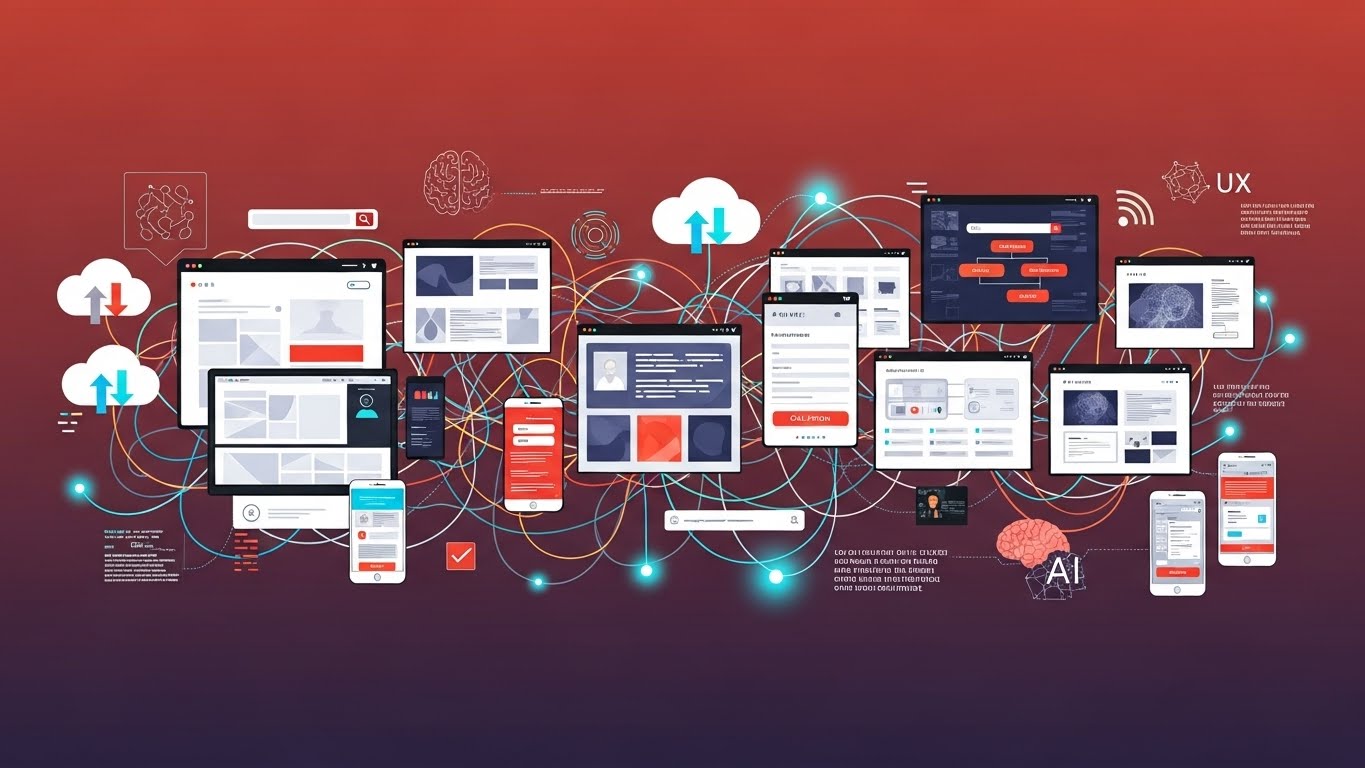




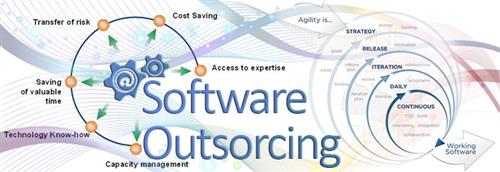


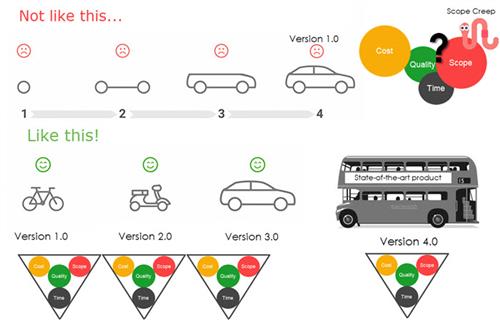

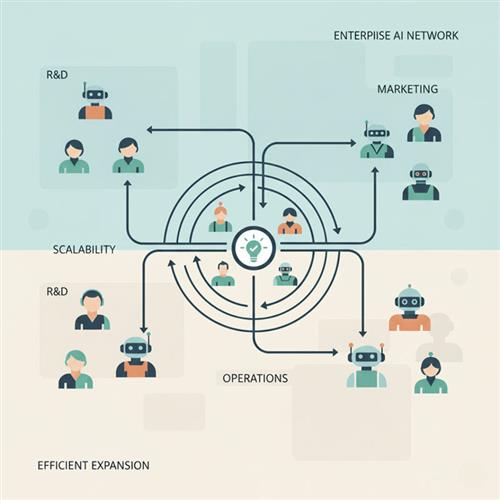



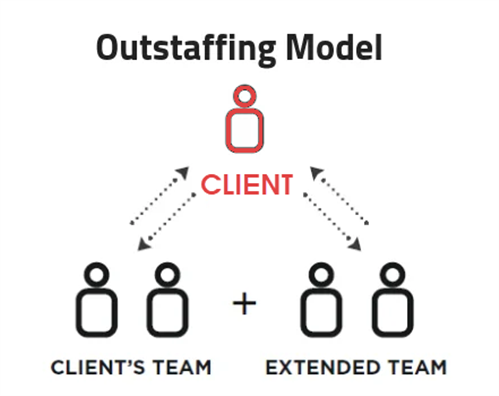
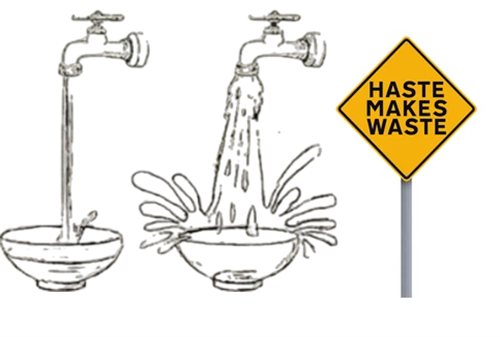
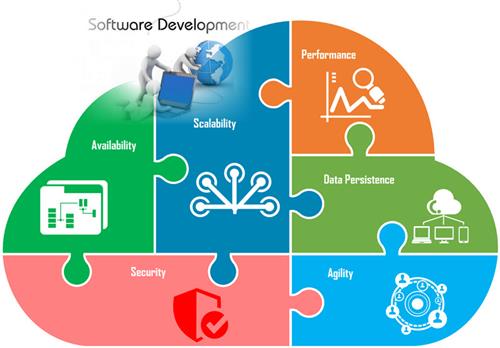
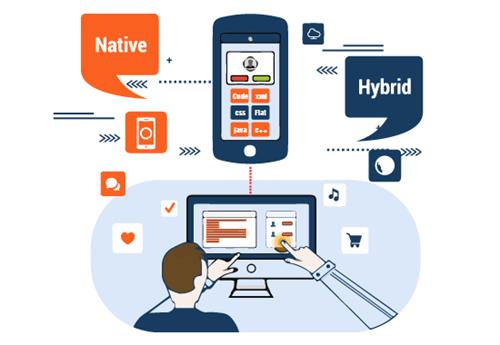

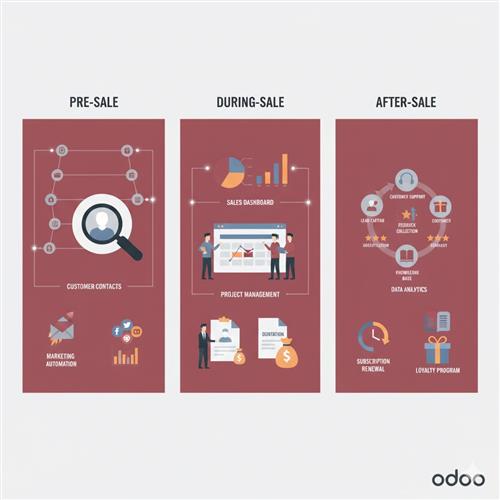
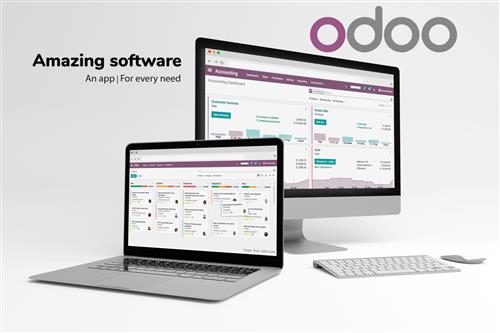
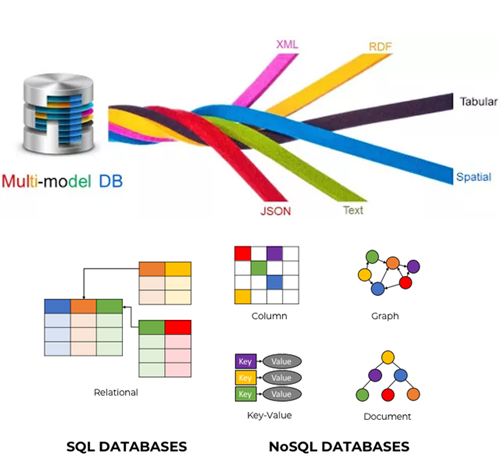










 Link copied!
Link copied!
 Recently Updated News
Recently Updated News